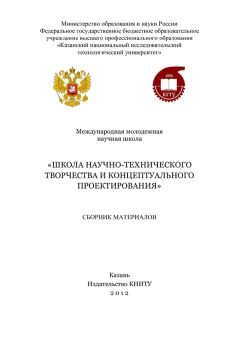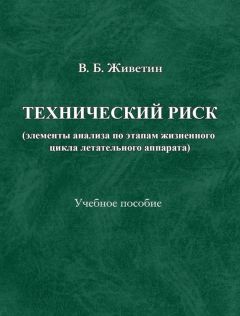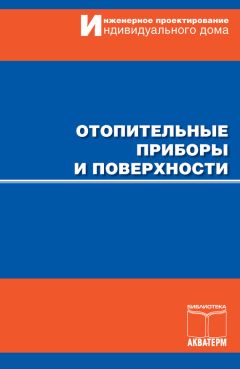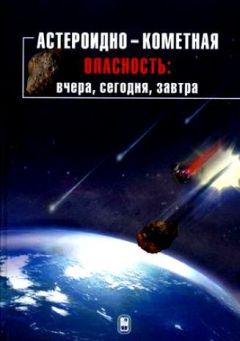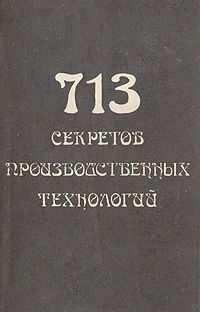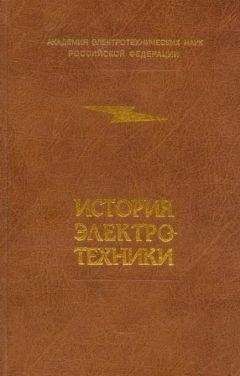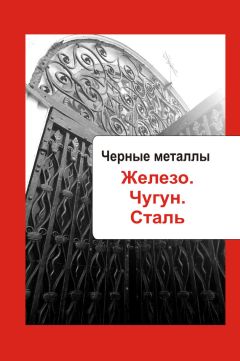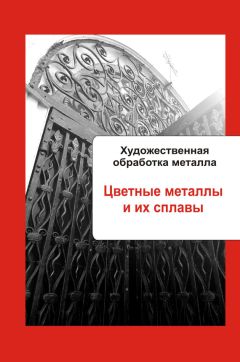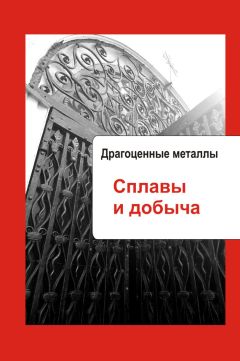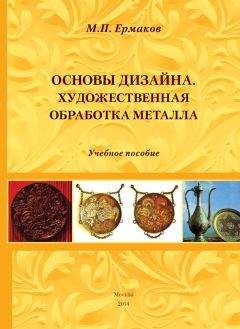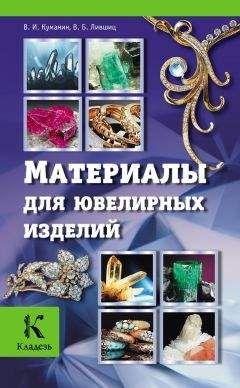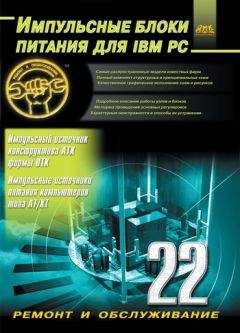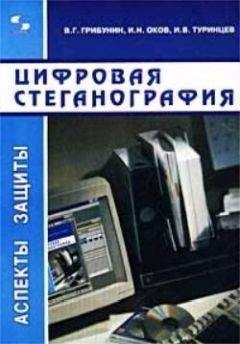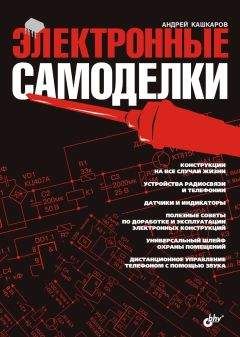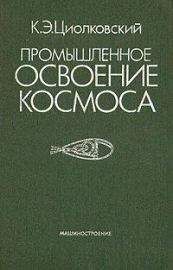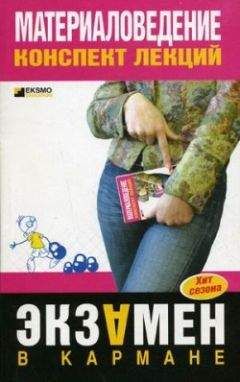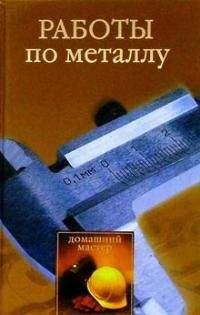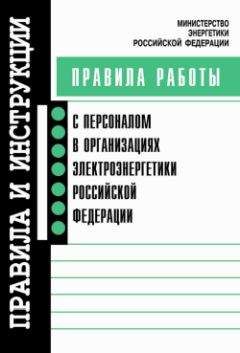Я. Ившин - Metal Corrosion. Electroplating (Защита от металлов от коррозии. Гальванотехника)
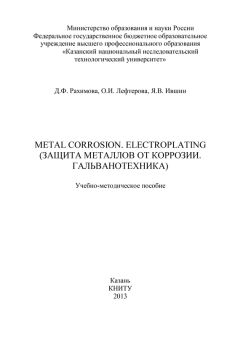
Все авторские права соблюдены. Напишите нам, если Вы не согласны.
Описание книги "Metal Corrosion. Electroplating (Защита от металлов от коррозии. Гальванотехника)"
Описание и краткое содержание "Metal Corrosion. Electroplating (Защита от металлов от коррозии. Гальванотехника)" читать бесплатно онлайн.
Вопросы защиты металлов от коррозии рассмотрены в оригинальных текстах зарубежных авторов, предназначенных для занятий по курсам «Специализированный профессионально-ориентированный перевод (английский язык)» и «Английский язык (технический перевод)». Представлены практические задания как для аудиторной, так и для самостоятельной работы.
17 . Summarize the general ideas developed in all the texts of the Unit 1.
Unit 2
TYPES OF CORROSION
1 . Read the international words, guess their meanings and give the Russian equivalents.
Graphitic, concentration, factor, forms, aluminium, passive, metal, identify, perforate, metallography, proportion, magnesium, temperature, technical managers, module.
2 . Read and translate the following verbs.
To categorize, to damage, to confine, to divide, to re-passivate, to protect, to oxidize, to combine, to release, to contain, to reduce, to support, to react, to encounter.
3 . Match the English phrases from column A with the Russian phrases in column B.
4 . Read and translate the text. Summarize it in Russian.
Corrosion can be categorized in some common types: uniform corrosion, pitting corrosion, galvanic corrosion, crevice corrosion, concentration cell corrosion, graphitic corrosion.
What is pitting corrosion? Pitting Corrosion is the localized corrosion of a metal surface confined to a point or small area that takes the form of cavities. Pitting corrosion is one of the most damaging forms of corrosion. Pitting factor is the ratio of the depth of the deepest pit resulting from corrosion divided by the average penetration as calculated from weight loss.
Pitting corrosion is usually found on passive metals and alloys such aluminium alloys, stainless steels and stainless alloys when the ultra-thin passive film (oxide film) is chemically or mechanically damaged and does not immediately repassivate. The resulting pits can become wide and shallow or narrow and deep which can rapidly perforate the wall thickness of a metal. The shape of pitting corrosion can only be identified through metallography. (From www.engineeringtoolbox.com).
5 . Read the text again. Decide whether the following statements are true or false.
1. Corrosion can be divided into four types.
2. Pitting corrosion refers to corrosion occurring in confined spaces to which the access of the working fluid from the environment is limited.
3. Pitting corrosion is the least damaging form of corrosion.
6 . Translate the following text. What is its main idea?
Crevice corrosion is an intense local attack within crevices or shielded areas on metal surfaces exposed to corrosive solutions. It is characteristically encountered with metals and alloys which rely on a surface oxide film for corrosion protection, e.g., stainless steels, titanium, aluminum, etc. The crevices can be inherent in the design of the equipment (e.g., plate heat exchangers) or inadvertently created by a bad design. Crevice corrosion can be initiated at metal to nonmetallic sealing faces. Any non-metallic material which is porous and used as a gasket, for example, is particularly good (or bad!) for initiating this form of attack. Fibrous materials which have a strong wicking action are notorious in their ability to initiate crevice attack. Similarly, materials which have poor stress relaxation characteristics, i.e., have little or no ability to recover their original shape after being deformed, are also crevice creators – as are materials which tend to creep under the influence of applied loads and/or at elevated temperatures. On the other hand, elastomeric materials are particularly good insofar as they exhibit elastic recovery and have the ability to form a crevice-free seal. However, at elevated temperatures, rubbers may harden. In this condition, they suffer the deficiencies of nonelastomeric gasketing materials.
Artificial crevices can also be created by the deposition of scale from one of the process streams to which the metal is exposed. It is necessary, therefore, to maintain food processing equipment in a scale-free condition – especially on surfaces exposed to service fluids such as hot/cold water, cooling brines, etc. – which tend to be overlooked during plant cleaning operations.
7 . Read the text. What is its main idea?
Металлы и сплавы могут разрушаться под действием химического (химическая коррозия), электрохимического (электрохимическая коррозия) и механического (эрозия) воздействий внешней среды.
Способность металла сопротивляться коррозионному воздействию среды называют коррозионной стойкостью.
Коррозия металла или сплава происходит, как правило, на границе раздела фаз, т. е. на границе соприкосновения твердого вещества с газом или жидкостью.
Коррозионные процессы подразделяются на следующие виды: по механизму взаимодействия металла со средой; по виду коррозионной среды; по виду коррозионных разрушений поверхности; по объему разрушенного металла; по характеру дополнительных воздействий, которым подвергается металл одновременно с действием коррозионной среды.
По механизму взаимодействия металла со средой различают химическую и электрохимическую коррозию.
Коррозию, протекающую под влиянием жизнедеятельности микроорганизмов, относят к биологической коррозии, а протекающую под действием радиоактивного излучения – к радиационной коррозии.
По виду коррозионной среды, участвующей в коррозионном разрушении металла или сплава, различают коррозию в жидкостях неэлектролитах, коррозию в растворах и расплавах электролитов, газовую, атмосферную, подземную (почвенную) коррозию, коррозию блуждающим током и др. (From bibliotekar.ru/spravochnik-33).
8 . Work in pairs. Interpret the following passage sentence by sentence.
Much research has been done on the geometry of crevices and the influence on the propensity for the initiation of crevice corrosion. However, in practical terms, crevice corrosion usually occurs in openings a few tenths of a millimeter or less, and rarely is encountered where the crevice is greater than 2 mm.
Until the 1950s, crevice corrosion was thought to be due to differences in metal ion or oxygen concentration within the crevice and its surroundings. While these are factors in the initiation and propagation of crevice corrosion, they are not the primary cause.
Current theory supports the view that through a series of electrochemical reactions and the geometrically restricted access into the crevice migration of cations – chloride ions in particular – occurs. This alters the environment within, with a large reduction on pH and an increase in the cations by a factor as much as ten. The pH value can fall from a value of seven in the surrounding solution to as low as two within the crevice. As corrosion is initiated, it proceeds in an autocatalytic manner with all the damage and metal dissolution occurring within the crevice. Corrosion results in significant loss of metal under the surface of site of initiation. As a result, deep and severe cutting of the metal occurs.
9 . Give English equivalents to the following word combinations and learn them by heart:
сопротивляться коррозионному воздействию среды
металлы и сплавы
коррозионное разрушение поверхности
объем разрушенного металла
расплавы электролитов
действие радиоактивного излучения
жизнедеятельность микроорганизмов
радиационная коррозия
10 . Give Russian equivalents to the following word combinations and learn them by heart:
chloride ions
oxygen concentration
electrochemical reactions
wall thickness of a metal
wet corrosion
corrosion resistance
nonelectrolyte
ground corrosion
11 . Translate the following sentences into Russian.
1. Uniform corrosion is considered the form of corrosion that can be tolerated in marine structures and equipment.
2. Crevice corrosion occurs at places with gaskets, bolts and lap joints where crevice exists.
3. Pitting corrosion can be prevented through proper selection of materials with known resistance to the service environment.
4. The reaction starts at the surface and proceeds uniformly.
5. The gap or crevice can be formed between two metals or a metal and non-metallic material.
6. The most severe attack occurs at the joint between the two dissimilar metals.
7. Copper produces a green film of corrosion product containing hydrated sulphate, or carbonate, or chloride.
8. Pipelines or tanks that are exposed to an electrolyte with a low oxygen concentration are generally anodic to the same material exposed to an electrolyte with a high oxygen content.
9. Localized corrosion can be defined as selective removal of metal by corrosion at small special areas or zones on a metal surface in contact with a liquid environment.
10. The process of corrosion requires four elements: an anode, a cathode, an electrolyte, and a metallic path.
12 . Translate the following sentences into English.
1. Коррозия металлических сооружений наносит большой материальный и экономический ущерб.
2. Коррозия металлов бывает сплошной и местной.
3. Человечество несет огромные материальные потери в результате коррозии трубопроводов, деталей машин, судов, мостов, морских конструкций и технологического оборудования.
4. Наибольшую чувствительность к щелевой коррозии проявляют пассивные металлы в случае возможной их депассивации в щелях.
5. Наиболее распространенным и практически важным видом химической коррозии является газовая коррозия – коррозия металлов в сухих газах (воздух, продукты сгорания топлива) при высоких температурах.
6. Процессы окисления металла и восстановления окислительного компонента протекают раздельно в среде жидкого электролита.
7. Язвенная коррозия часто наблюдается у нержавеющих стальных сплавов.
8. Если водород не выделяется, происходит восстановление кислорода, и здесь говорят о кислородной коррозии, или коррозии с кислородной деполяризацией.
9. Коррозионное сопротивление нержавеющей стали зависит от тонкого невидимого пассивного слоя на стальной поверхности.
10. Этот слой состоит главным образом из хромированной окиси, которая формируется в реакции с кислородом содержащимся в воздухе.
13 . Translate the following word combinations.
Uniform corrosion – гальваническая коррозия – crevice corrosion – концентрационная коррозия – graphitic corrosion – подземная коррозия – electrolyte – окисление – corrosion resistance – медь – metal surface – коррозийное воздействие – oxygen concentration – распространение – gasket – процессы окисления – oxidizing component – сухой газ.
14 . Give the definitions of the words and word combinations.
1. Depolarization is …
2. Passive metals are …
3. Metallography is …
4. Liquid is …
5. Temperature is …
15 . Give the example(s) of the uniform corrosion.
16 . Answer the following questions using texts from Unit 2.
1. What types of corrosion do you know?
2. Give a definition of ground corrosion.
3. What is corrosion resistance?
4. How can artificial crevices be created?
17 . Summarize the general ideas developed in all the texts of the Unit 2.
Unit 3
MICROBIOLOGICAL CORROSION
1 . Read the international words, guess their meanings and give the Russian equivalents.
Microbiological, structural, industrial, process, microbes, biological, organism, aqueous, potential, transport, role, bacteria, anaerobic, aerobic, typical, thiobacillus, localize.
2 . Read and translate the following verbs.
To transport, to ensue, to cause, to occur, to tend, to determine, to deliver, to present, to decrease, to increase, to manifest, to settle, to be based, to engender, to reduce, to create, to operate, to perform, to penetrate, to consume, to thrive.
3 . Match the English phrases from column A with the Russian phrases in column B.
4. Read and translate the text. Summarize it in Russian.
Microbiological corrosion (MIC) refers to corrosion and ensuing loss of metal caused by biological organisms. MIC can occur in any aqueous environments and because of the present nature of microbes in fluid systems. MIC is a commonly occurring phenomenon. MIC is a common problem in industrial processes due to the presence of microbes, adequate nutrients and corrosive byproducts.
A number of metals, such as structural steels, copper alloys etc., tend to corrode generally over the entire surface in the absence of crevices or galvanic effects. In such cases, corrosion is determinated by the rate at which dissolved oxygen can be delivered to the metal surface. Biological organisms present in the aqueous medium often have the potential to increase or decrease oxygen transport to the surface; consequently, these organisms have a role in increasing or decreasing general corrosion. Most MIC, however, manifests as localized corrosion because most organisms do not form in a continuous film on the metal surface. Microscopic organisms also tend to settle on metal surfaces in the form of discrete colonies or at least spotty, rather than continuous films. Biological organisms fall under two groups based on the type of corrosion they engender: (a) anaerobic corrosion (b) aerobic corrosion. Sulfate reducing bacteria (SRB) from the genera desulfovibrio are a typical example of anaerobic MIC. Aerobic sulfur oxidizing bacteria of the type thiobacillus can create an environment of up to 10 percent sulfuric acid, thereby encouraging rapid corrosion.
Подписывайтесь на наши страницы в социальных сетях.
Будьте в курсе последних книжных новинок, комментируйте, обсуждайте. Мы ждём Вас!
Похожие книги на "Metal Corrosion. Electroplating (Защита от металлов от коррозии. Гальванотехника)"
Книги похожие на "Metal Corrosion. Electroplating (Защита от металлов от коррозии. Гальванотехника)" читать онлайн или скачать бесплатно полные версии.
Мы рекомендуем Вам зарегистрироваться либо войти на сайт под своим именем.
Отзывы о "Я. Ившин - Metal Corrosion. Electroplating (Защита от металлов от коррозии. Гальванотехника)"
Отзывы читателей о книге "Metal Corrosion. Electroplating (Защита от металлов от коррозии. Гальванотехника)", комментарии и мнения людей о произведении.






